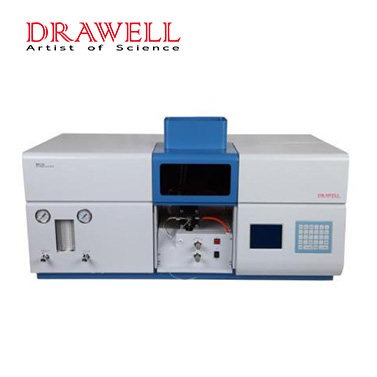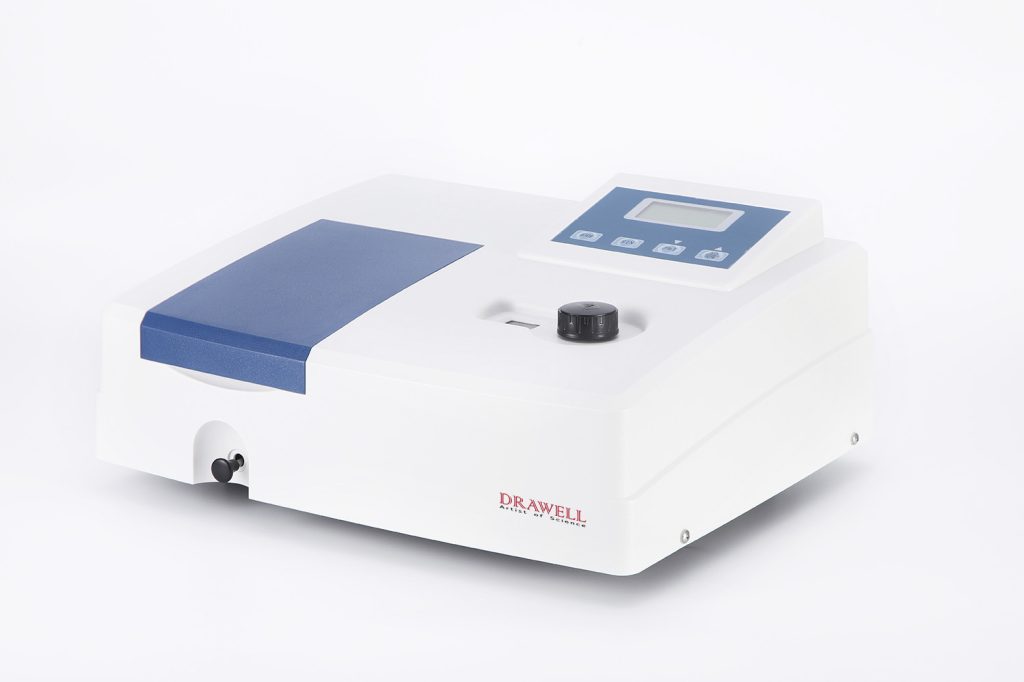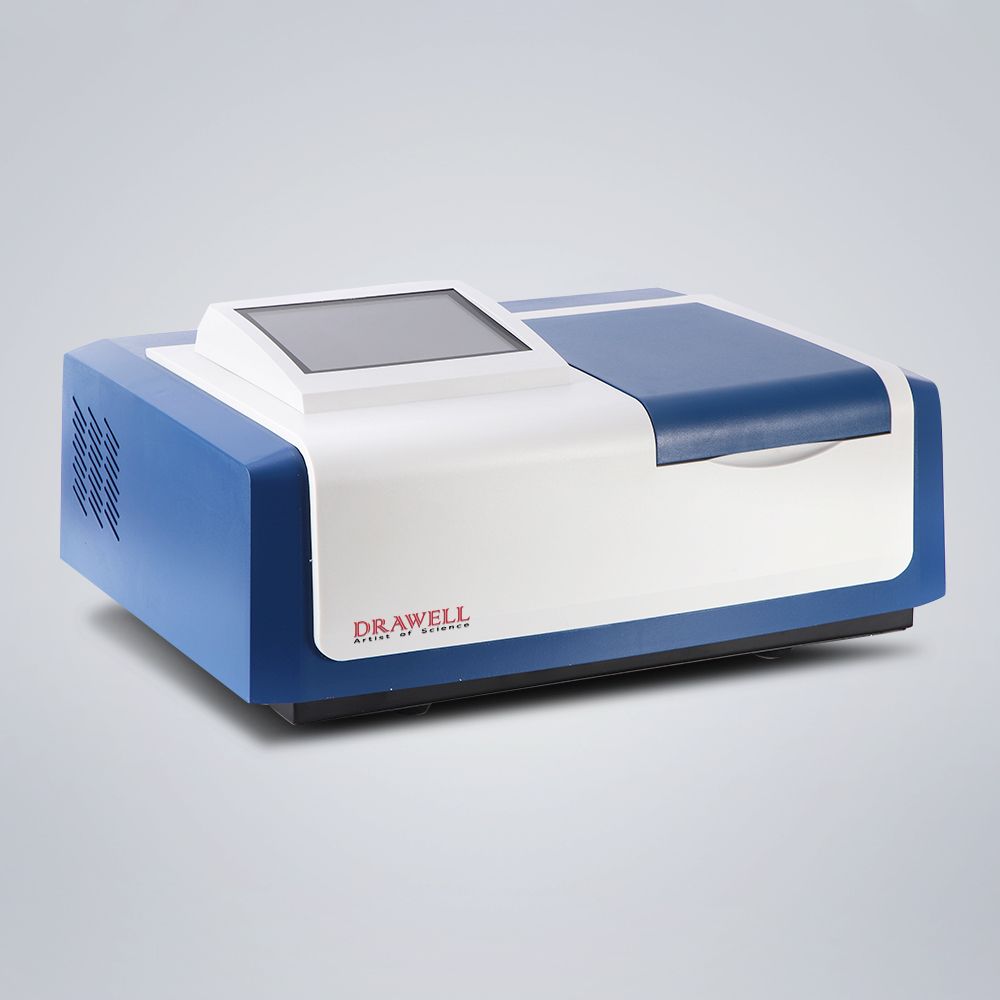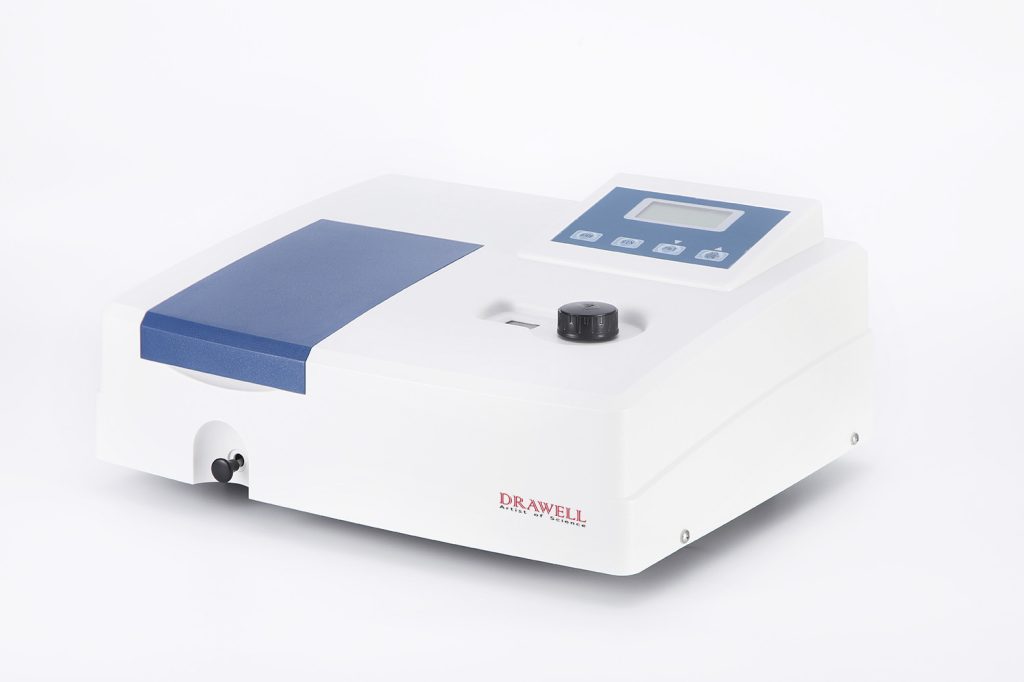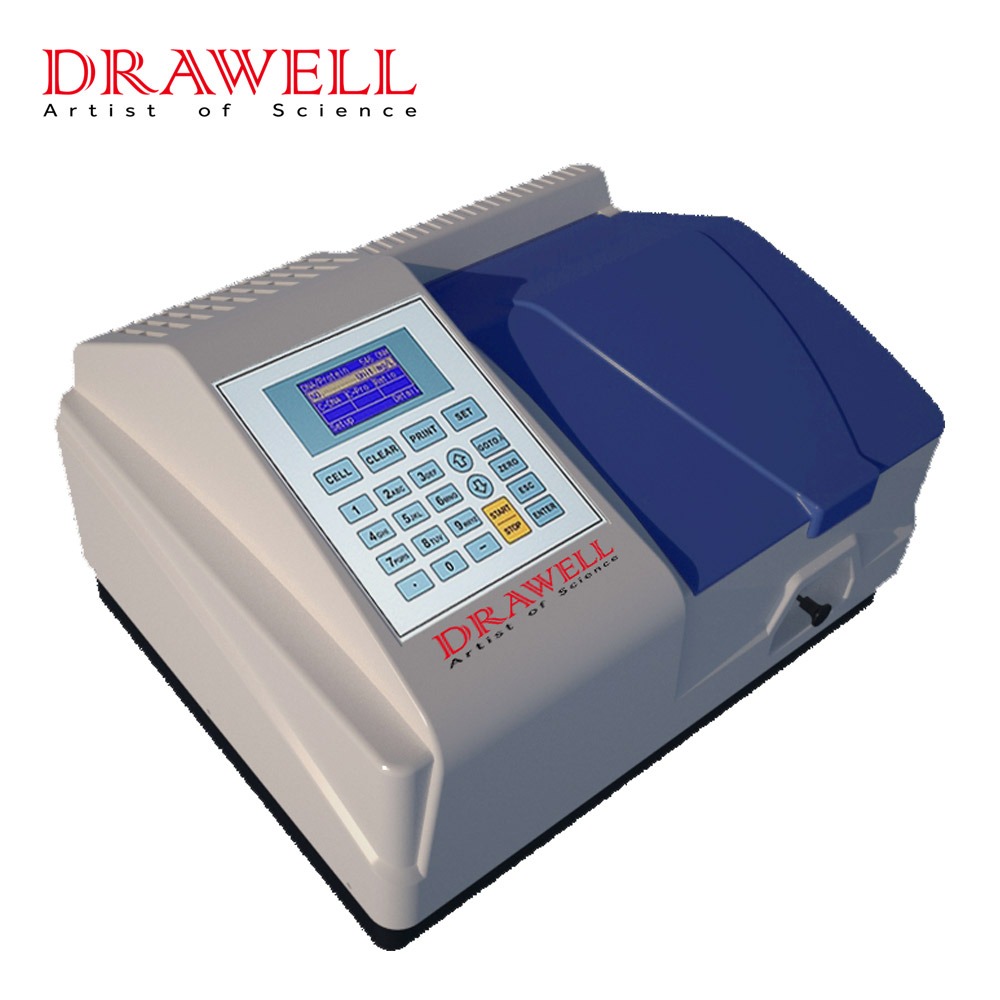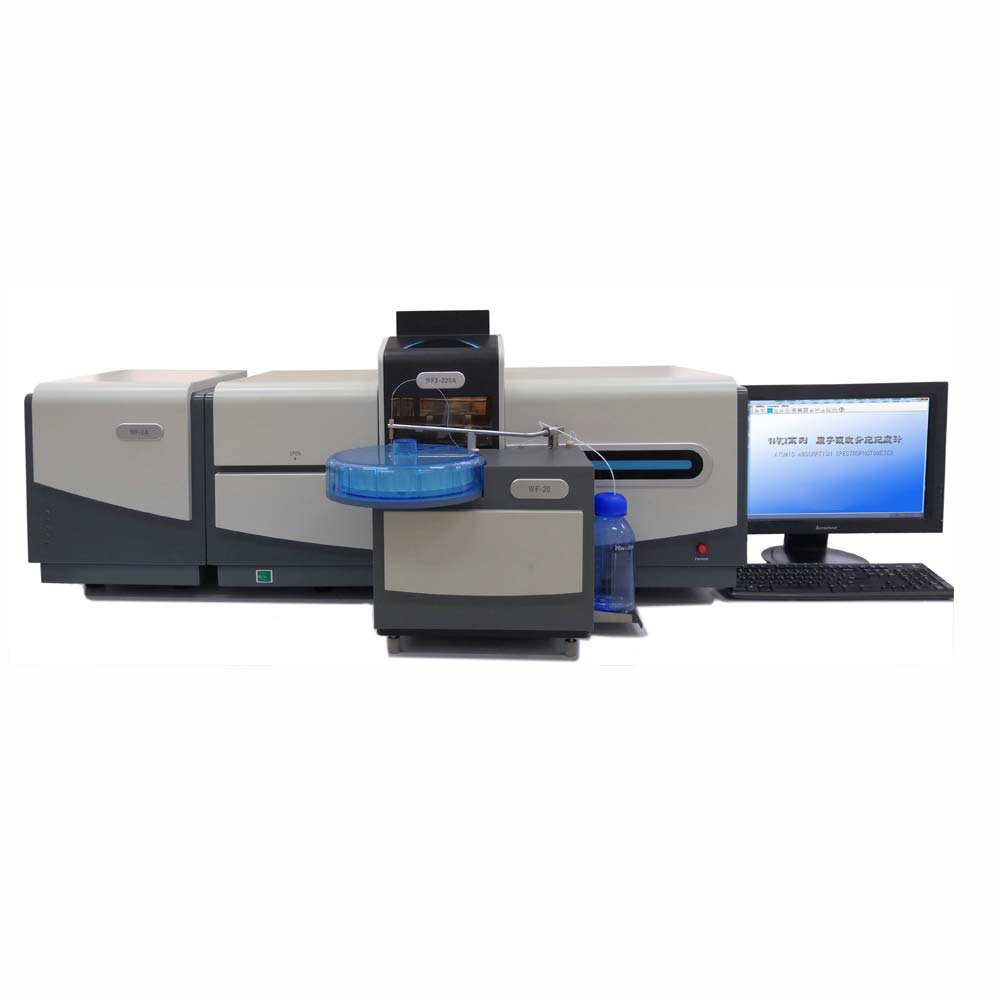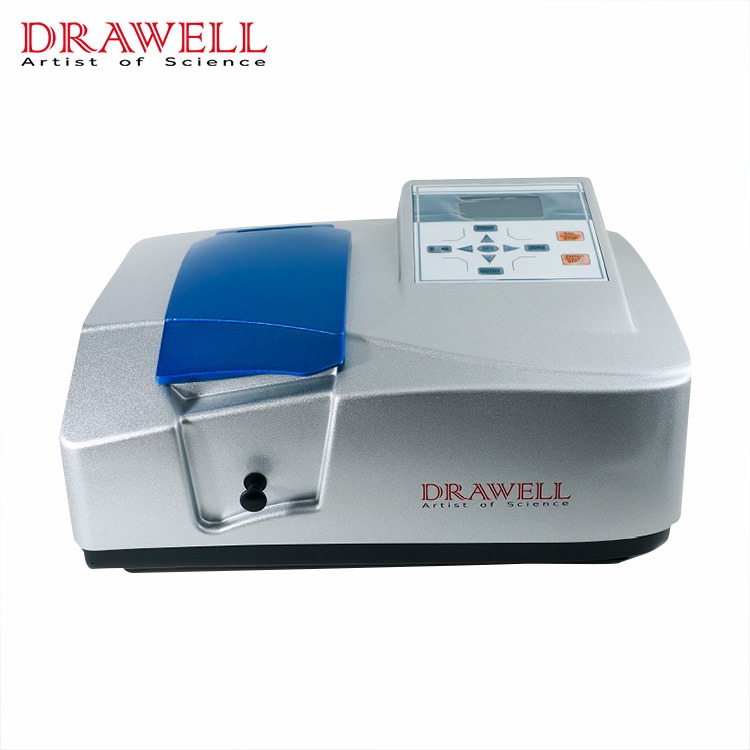Spectrophotometric analysis is a powerful technique that is widely used in many scientific and industrial domains for quantifying substance concentrations, characterizing materials, and analyzing molecular characteristics. Despite its versatility, spectrophotometric analysis poses some difficulties for researchers and analysts. This article explores some common challenges encountered in spectrophotometric analysis and highlights innovative solutions to address these issues.
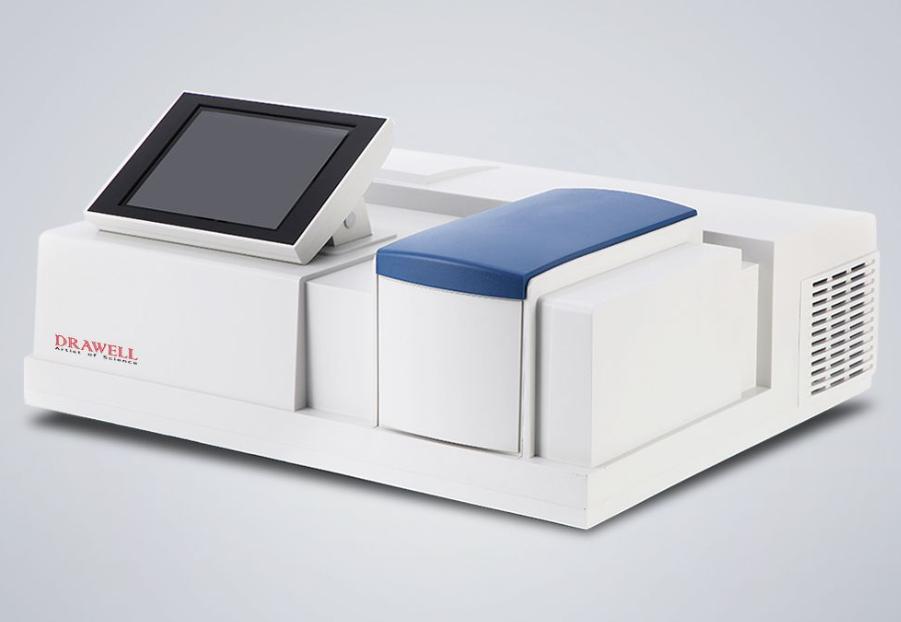
1. Sample-related Challenges in Spectrophotometric Analysis
a. Spectral Interference
Challenge: One of the primary challenges in spectrophotometric analysis is spectral interference. When multiple compounds in a sample absorb or emit light at overlapping wavelengths, the resulting spectra can become complex, making it difficult to isolate the signal of interest. This interference can lead to inaccuracies in quantification and identification of analytes.
Mitigation Strategies: To mitigate spectral interference, various techniques can be employed. Selective extraction methods can isolate the analyte from interfering compounds. Additionally, wavelength selection or spectral deconvolution algorithms can help separate overlapping signals, improving the accuracy of measurements.
b. Sample Preparation
Challenge: The accuracy of spectrophotometric analysis heavily relies on proper sample preparation. Inadequate homogenization, contamination, or improper dilution can introduce errors and bias into the results. Complex sample matrices further complicate the preparation process.
Mitigation Strategies: Rigorous sample preparation protocols must be established and followed diligently. Techniques such as filtration, centrifugation, and extraction can help remove particulates and contaminants. Calibration standards prepared in the same matrix as the samples can account for matrix effects, enhancing accuracy.
c. Matrix Effects
Challenge: Samples with complex matrices, such as biological fluids or environmental samples, present significant challenges due to matrix effects. Matrix components can alter the absorbance or emission properties of the analyte, leading to inaccuracies and decreased sensitivity.
Mitigation Strategies: Matrix-matching techniques, where calibration standards are prepared in a similar matrix as the samples, can mitigate matrix effects. Alternatively, sample pre-treatment methods such as solid-phase extraction or derivatization can remove matrix components that interfere with the analysis.
2. Instrumentation Challenges in Spectrophotometric Analysis
| Challenge | Description | Mitigation Strategies |
| 1. Instrument Calibration | Variability in spectrophotometer calibration affecting accuracy and precision.Drift in instrument readings over time. | Regular calibration checks using standard reference materials.Implementing automated calibration routines. |
| 2. Light Source Stability | Inconsistencies in light source intensity leading to measurement errors.Variations in lamp output. | Regular monitoring and maintenance of light sources. Periodic replacement or recalibration of lamps. |
| 3. Stray Light Interference | Presence of stray light affecting the accuracy of absorbance measurements.Interference from unwanted wavelengths. | Use of proper optical filters to reduce stray light.Regular maintenance of optical components. |
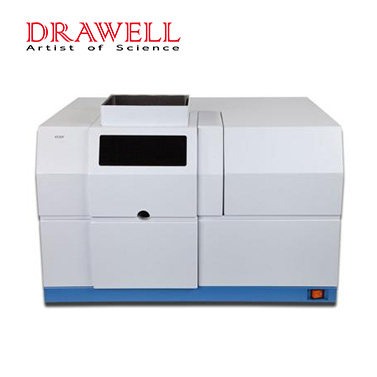
3. Temperature Variations in Spectrophotometric Analysis
a. Sample Stability
Challenge: Temperature variations can also influence the stability of the samples being analyzed. Some compounds may undergo thermal degradation or chemical reactions at elevated temperatures, altering their absorbance or emission properties. This can lead to inaccuracies in the analysis, especially for heat-sensitive or reactive substances.
Mitigation Strategies: Maintaining samples at controlled temperatures, either through refrigeration or temperature-controlled environments, can help preserve sample stability during analysis. Rapid analysis techniques or minimizing exposure to elevated temperatures can also mitigate sample degradation.
b. Spectral Shifts
Challenge: Temperature variations can cause shifts in the absorption or emission spectra of certain compounds. Changes in temperature alter molecular vibrations and electronic energy levels, leading to shifts in peak positions and spectral shapes. These shifts can affect the accuracy of quantitative analysis and spectral interpretation.
Mitigation Strategies: Understanding the temperature dependence of spectral features is crucial for accurate analysis. Performing temperature-dependent measurements and establishing temperature correction factors can help compensate for spectral shifts and improve the reliability of results.
c. Solvent Effects
Challenge: Temperature variations can influence solvent properties such as viscosity, density, and refractive index, which, in turn, affect the absorption or emission properties of the sample. Changes in solvent properties can introduce systematic errors into the analysis, particularly for solvent-sensitive measurements.
Mitigation Strategies: Choosing appropriate solvents with minimal temperature dependence can help mitigate solvent effects on spectrophotometric measurements. Performing solvent correction experiments or utilizing temperature-controlled cuvettes can also minimize the impact of solvent variations on the analysis.
d. Kinetic Studies
Challenge: In kinetic studies or time-dependent analyses, temperature variations can alter reaction rates and kinetics, affecting the observed absorbance or emission profiles. Temperature control is crucial for accurate determination of reaction kinetics and rate constants
Mitigation Strategies: Maintaining precise temperature control throughout kinetic experiments is essential to ensure reproducible results. Utilizing temperature-controlled cuvettes or reaction vessels and monitoring temperature changes in real-time can help maintain consistent experimental conditions.
4. Low Concentration Sensitivity in Spectrophotometric Analysis
Challenge: Due to sensitivity limitations, spectrophotometers may struggle to reliably measure low concentrations.
Mitigation Strategies: Optimization of experimental parameters such as path length, concentration range, and detection wavelength can enhance sensitivity without sacrificing accuracy. Utilizing more sensitive detection techniques, such as UV-visible spectrophotometry with photomultiplier detectors, can also improve detection limits.
5. Chemical Interference in Spectrophotometric Analysis
Challenge: Chemical reactions occurring in the sample solution can interfere with spectrophotometric analysis, altering the absorbance or emission properties of the analyte and leading to inaccuracies.
Mitigation Strategies: Understanding the chemical behavior of analytes and potential interference mechanisms is crucial. Stabilizing agents or chelating agents can mitigate chemical interference by preventing unwanted reactions. Selecting appropriate solvents and reaction conditions can also minimize chemical interactions.
6. Photodegradation in Spectrophotometric Analysis
Challenge: Some compounds are susceptible to photodegradation, undergoing chemical changes upon exposure to light, which can lead to inaccuracies in spectrophotometric analysis.
Mitigation Strategies: Minimizing exposure to light and employing light-blocking techniques, such as amber glassware or aluminum foil wrapping, can reduce the risk of photodegradation. Conducting measurements under low-light conditions or shortening analysis times can further mitigate photodegradation effects.
7. Data Analysis in Spectrophotometric Analysis
Challenge: Interpreting spectral data, especially from complex samples or mixtures, can be challenging due to overlapping signals, noise, and baseline variations.
Mitigation Strategies: Advanced data analysis techniques, including spectral deconvolution, chemometric methods, and multivariate analysis, can help extract meaningful information from complex spectra. Software tools equipped with algorithms for baseline correction and noise reduction can enhance the accuracy and reliability of data analysis.
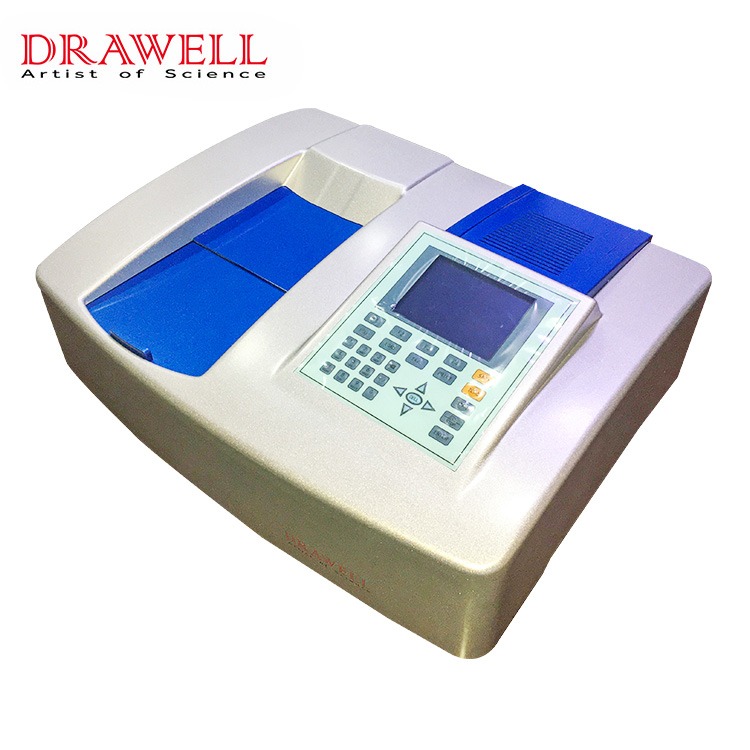
Conclusion
Spectrophotometric analysis remains a cornerstone in analytical chemistry and various scientific disciplines. To overcome problems in this technique, a mix of technology developments, good instrument maintenance, and smart methodological approaches is required. By remaining up to date on the newest advances and implementing creative solutions adapted to their individual analytical needs, researchers and analysts can improve the accuracy, precision, and dependability of spectrophotometric observations. As spectrophotometric techniques evolve, resolving problems becomes increasingly important in realizing the full potential of this crucial analytical tool.

